

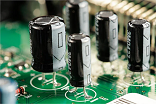
A capacitor is one of the most important electrical, electronic components and it finds most of its use in high frequence and noise electrical circuits that’s because it can filter out pluses and the mostly important function it does and makes a capacitor to dominate most of the circuits is its ability to store electric energy at its plates inform of electric chargers this is called capacitance of a capacitor, so this means we can use a capacitor as a mini power (battery bank) for some electronic devices like the integrated circuits (IC) and timer circuits for microcontrollers because these components need constant supply of power when there are fully run and further more capacitors are also seen being used to boost up Dc voltages that to say when its travelling long distance, so without further a due let’s get straight into how capacitors are constructed and how it operates generally
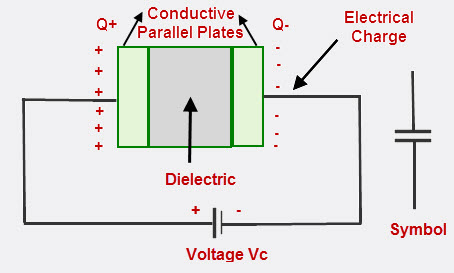
From the image a capacitor is basically made of two metallic plates separate with am an insulating material called a dielectric, so when the plates are connected to a potential deference that is to say connected to a battery the electrons (charges) flow from the negative terminal of the battery to the adjacent plate of the capacitor and this causes the dielectric (insulator in the middle) to get polarized the in turn induces opposite changes that is to say the positive charges to the other adjacent plate and since like charges repel as stated in the laws of electrostatics the charges will stay on the plate of the capacitor until a conductor or load is connected to discharge the capacitor that is to say allowing the positive ions and negative ions to neutralize. And that’s basically how a capacitor is built and stores charge
Like resistors capacitors are also very important and essential to all any circuit board whether electrical or electric so this means there are soe standard capacitors that we as engineers wont find in the market because they are not among the standard and this means we have got to know how to combine two or more capacitors together either in parallel or series to achieve the specific value that fits for our specifications on the circuit that’s why in this sector we are going to see how to connect capacitors in either parallel or series;

In this connection that just like for resistors the for ceramic and unpolarized capacitors one terminal is connected o the other terminal of the second capacitor to form a chain whereas for a polarized or a Dc capacitor the positive terminal of the first capacitor is connected to the negative terminal of the second capacitor and this way we are keeping charges on the capacitor plates constant but the voltage (energy) stored in each capacitor changes and this makes the resultant capacitor value reduces that is to say it creates a smaller capacitor in terms of farads compared to the capacitors connected together.

In this capacitor connection the simar capacitor plates (terminals) are joined together and connected to the same battery terminal for ceramic and unpolarized capacitors while for the Dc and polarized capacitors the positive terminals and negative terminals are connected together and them connected to the corresponding battery terminal that creates a constant potential difference (constant Voltage) across the capacitors but varies the charges stored on the plate of each capacitor and this makes the value for the resultant capacitor double or add up to form a larger capacitor
Capacitors are connected together with all other electrical and electronics components on a board to give a specific functionality and purpose other than storing chargers and the general functionally and rule, so in this sector we are gong to talk about how capacitors are connected to smooth AC ripples, high pass filters and finally talk about the LC circuits and RC circuits
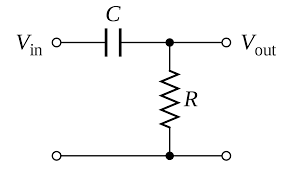
This circuit is created by basically connecting a capacitor and a resistor as shown in the picture so basically here the capacitor acts as a filter allowing only high frequence signals to pass through it while the frequence below the cut-off frequency that’s determined by the resistor connected to the capacitor are blocked and not allowed to flow by the capacitor this circuit finds its excellent purpose in signal jammer circuits.
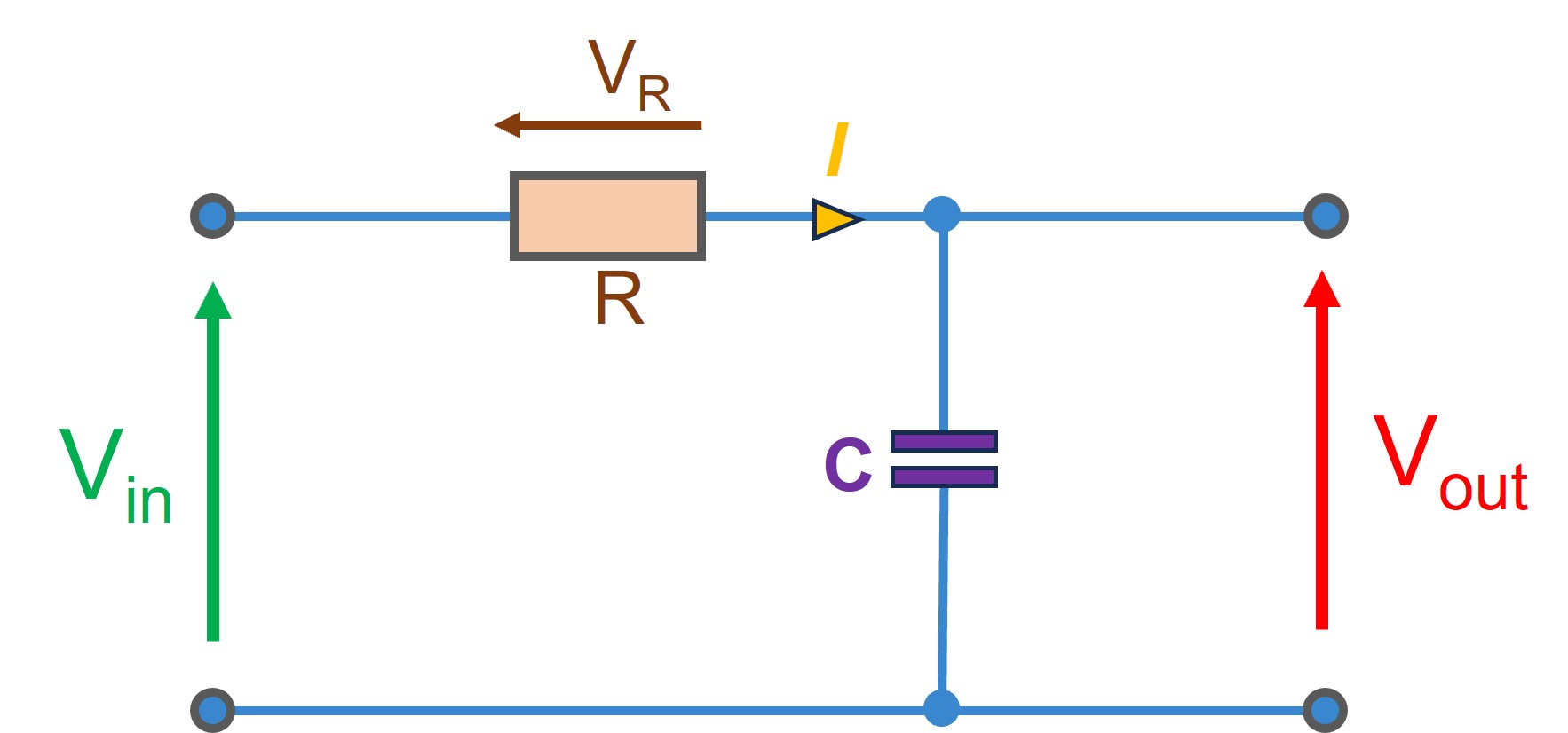
These circuits are one of the most common capacitor circuits where a capacitor is connected with still with a resistor but this time round its not filter out high frequence AC signals but this time round to just generate frequence of a certain level or literally just charge and protect a capacitor in a circuit board main DC circuit
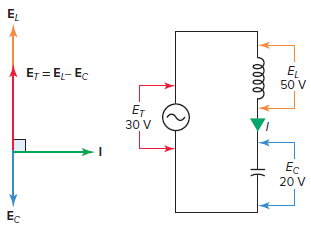
Here a capacitor is connected with am inductor to form a simple frequency circuit that is used to filter and really filter out a lot of AC ripples and produce a very smooth and clean DC at the output of the circuit
Before talking about the energies in a capacitor we have to first know energy in as a general that this being the ability to do some certain work this means electrical energy is the ability to do some electrical work so the energy stored in a capacitor is used to drive circuits and even light up LED (Light emitting diode) so the energy can be calculated using the formular;
E= 1/2 CV²
Just like all the other electrical components capacitors have tend to get damaged and this is due to a lot of reasons including voltage surges and spikes, over current and generally time so generally the common faults in capacitor are sheath life this is mostly common in the DC and Electrolytic capacitors since the electrolytes (acid) in the capacitor tends to deteriorate with time hance damaging the capacitor and this is mostly solved by generally replacing the capacitor from the circuit board with a new capacitor of the same rating and capacitance.
Inconclusion the capacitor is of the most important and useful electrical component since it is used for smoothing AC ripples afters rectification of AC to DC and used for passing high and low frequencies and also used to generate circuit frequences and other more functions making it a very important and a useful component.